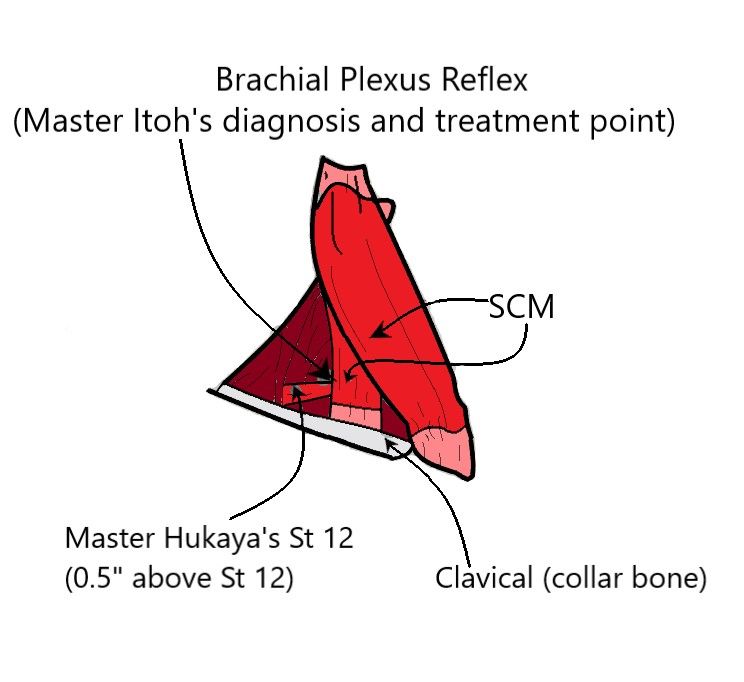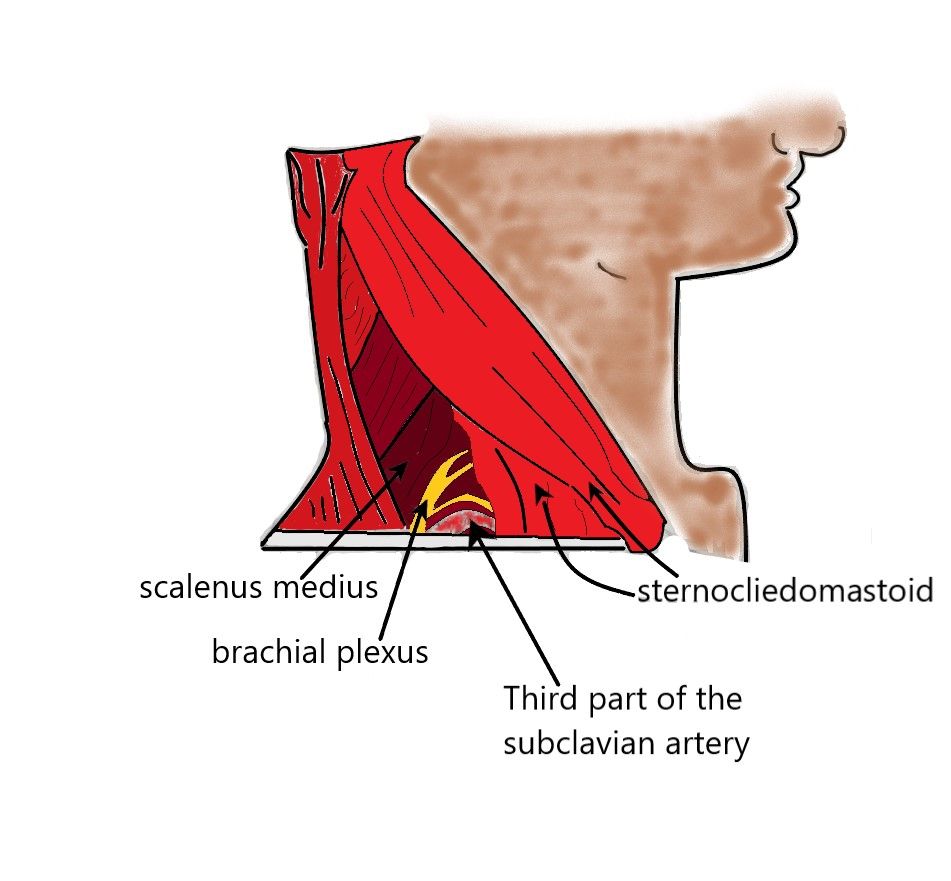Acromion Clavicular Pain
If you had acromioclavicular surgery in the past and have been looking for some answers, then you are in the right place. Around 2013-2014 I completely tore the ligaments of my left acromioclavicular joint while snowboarding in upstate New York. I wasn't even a rookie when I injured my arm or did anything crazy, I think I fell so many times and landed on my shoulder that this fall was the straw that broke the camel's hump. I had two surgeries, the first involved screws and attaching a hook plate to my clavicle and acromion and the second surgery was to remove the screws and hook plate. I worked as a physical therapist assistant at the time so I had a lot of modern technological resources including experience in the rehabilitation of many other diseases and injuries through specific therapeutic exercises.
Getting my arm back to shape and restoring range of motion was easy for me because I genuinely like to stay healthy through exercise, but that wasn't my major complaint. My major complaint was the sharp, nagging pain that I felt when I wasn't moving my arm or if I wasn't distracted with work or life, also at night time I felt that the pain at the site of surgery was hard to ignore. Through research and experimenting with many kinds of different modalities to keep my arm healthy and because of personal reasons, I came across a martial arts school which also provided acupuncture. When I tried acupuncture I noticed that my arm pain subsided a lot, I still had a lot of connective tissue injury that was aggravated if I used my arm too much, so because of the great results that I felt from acupuncture compared to other techniques I made a life-changing decision and decided to become an acupuncturist and so through my own experience I've learned how to champion this injury that seems so elusive to so many healers - I have zero restrictions in how I decide to use my arm.
Here are some common questions that I've found regarding this subject:
Why does my arm still hurt?
A good hard question with many different answers, such as:
- You may have structural damage in your joint, so if you are an active person and keep using your arm, then you are causing micro-traumas every time you use it causing inflammation to an already sensitive area. By the way, this may be a hard pill to swallow, but if you have structural damage to any joint, then your best bet is to have a pain management plan because that injury is always going to be aggravated with repetitive motion and use.
- You may have multiple injuries in your body causing a structural imbalance that could affect your ankles all the way up to your shoulders.
- There may be scar tissue build-up that is connected to your injury and fascia.
- There might be an impingement, bursitis, tendonitis (all related to inflammation and overuse of your arm)
- You most likely have tension on your SCM (sternocleidomastoid), upper trap, anterior or posterior deltoid, someplace in your rotator cuff and/or shoulder girdle complex that has created knots in your muscle tissue or fascia which is impeding circulation.
- Your running off of adrenaline through your lifestyle which releases cortisol in your body and that hormone irritates the sites of injuries.
- Believe it or not, anxiety has also been shown to increase pain post AC joint surgery. Especially if your anxiety is symptomatic, as in you feel pressure pain on your chest (try gently massaging around your scar to see if relieves the pressure pain around your chest.)
- You probably developed neurovascular compression of the nerves and blood vessels that come out from under your clavicle a.k.a. your collar bone ( a more severe case of this is called thoracic outlet syndrome)


- There may be some nerve damage to your peripheral nerves that are connected to your site of repair.
- Nutrition plays a major part as well, especially if you sugar sensitive. The combination of inflammation with sugar intensifies and creates a harmful cascading effect on the healthy surrounding tissue near the site of your surgical repair.
- You may have an imbalanced immune system causing connective tissue pain. This is subject is often overlooked, however, the same viruses that are in our sinuses and cause the common cold or flu can also spread in connective tissue and have even been linked to plantar fasciitis. If you frequently suffer from colds, sinusitis, or experience a lot of allergies then treating and balancing your immune system will be one of the steps needed in order to treat your joint pain.
What can I do to heal my acromioclavicular pain?
- The most expensive and most modern technique, can be inserting stem cells into the site of injury, however, it's expensive and will require more than a single treatment, recently there is scientific evidence demonstrating stem cell growth with acupuncture and electrical stimulation.
- Movement therapy is great for your joint and the most inexpensive because you can do this at home - circulation is the key to healing and circulation to specific joint increases when you move it through all of its range of motion, however, it cant reach deep tissue that has been injured or stop the pain from returning if there is structural damage, but you can avoid problems such as frozen shoulder and keep the pain from intensifying if you move you're joint regularly.
- Massage therapy. It feels soothing and comforting to massage an injured site and if you find a good massage therapist they can release a lot of knots on the muscles and heal connective tissue affected by your surgical repair. It's a great benefit to massage your injury regularly, it can reduce anxiety as well if that is what's causing your shoulder pain, it's limited to affecting the superficial fascia and will require many hours of massage therapy if there is nerve damage.
- Acupuncture! There is no other approach like it and it works from so many different angles. It increases circulation and produces microscopic new tissue growth and thus repair at a site of needle insertion and since the needles are so very thin, the body is able to heal from it without expending a lot of its energy. It can reduce symptomatic signs of anxiety in your body by relaxing the connective tissue that is presenting with signs of stress, it can release big knots on muscles that are impeding circulation, it can reach deep tissue where other modalities cant venture, it can provide relief from peripheral nerve damage, a single treatment can affect multiple areas of the body connected to your injury, it's relatively inexpensive compared to other approaches, there's a carry-over effect in which your body will continue to heal days after your treatments, its an extremely efficient for people who are in need of pain management because it doesn't produce unhealthy addictions from opioids such as oxycodone, and so much more!
If you have any questions regarding this subject, please message me and I'll be happy to answer as best I could.